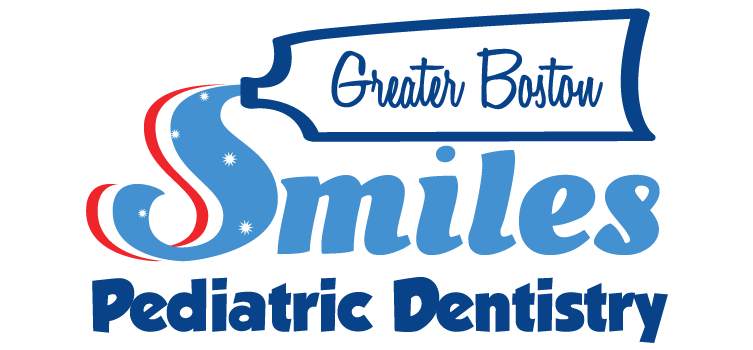Orthodontic Services
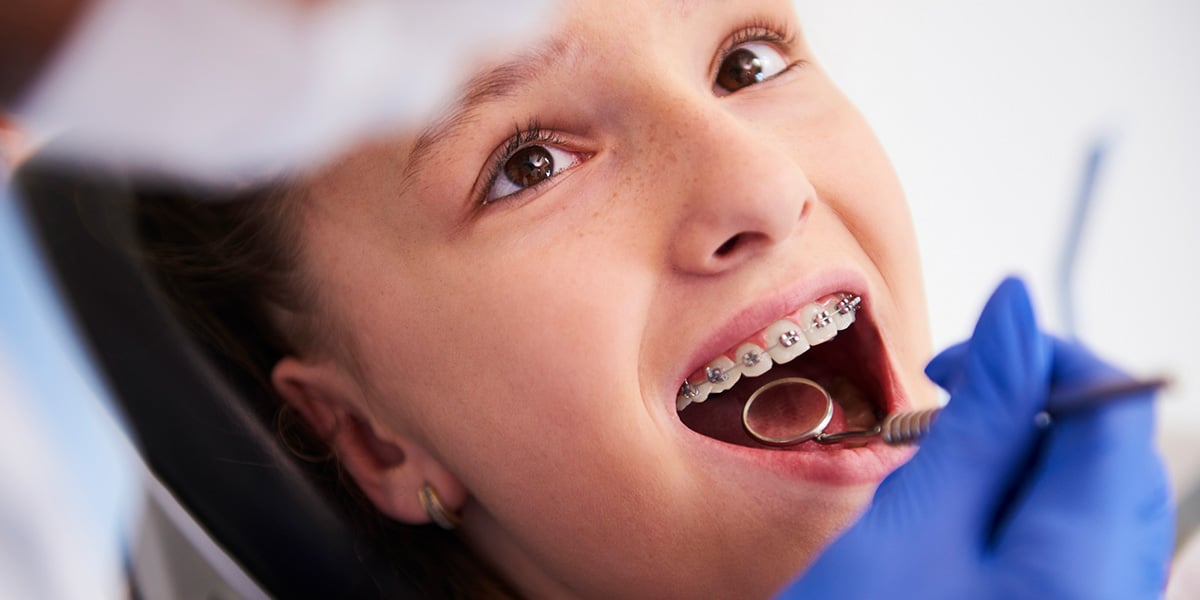
Braces are used to assist in aligning and straightening teeth in order to not only improve appearance, but improve a person’s bite. Having braces isn’t just about improving your smile; it’s also about improving your overall dental health. Orthodontics may be used to correct malocclusion, overbite, underbites, cross bites, deep bites, crooked teeth and other flaws of the teeth and jaws. Braces may be used in conjunction with other orthodontic appliances to help with making corrections to a person’s bite.
Dental technology has improved over the years to include new options to help correct the above issues, and there are a number of techniques and products available that were not available just a few short years ago. The patient experience has improved and today’s options are less conspicuous than the full braces that were common in the past.
Traditional metal braces are still the most popular types of braces as they produce high quality results. Clear Ceramic braces are popular with adults and teenagers who want the results of braces without the look of metal. Your visit will begin with a consultation with the doctor to go over the best alternatives for your orthodontic care. The doctor will address any questions you may have regarding your treatment and will provide a plan for orthodontic therapy.
Interceptive Orthodontics
Habit Appliance
Habit appliances are useful to help stop a thumb or finger sucking habit and/or to help retrain an improper tongue position or swallowing pattern. It is sometimes necessary to use a habit appliance to minimize the harm and distortion that certain habits or tongue postures can have on teeth and a child’s developing bite. Most habit appliances are attached to the back molars and are not removable.
Space Maintenance
When early loss of baby teeth occurs, this can cause remaining teeth to drift into the empty space. To maintain space necessary for permanent teeth to erupt, a space maintainer is used. Space maintainers are made of stainless steel and/or plastic and are not removable.
Metal Braces

Metal braces made from stainless steel brackets and wires remain the most popular choice for braces and are very effective.
Ceramic Braces

Virtually invisible, there are several advantages ceramic braces have over traditional braces and aligners. Ceramic braces combine tieless braces with high technology archwires that are clinically proven to move teeth fast and comfortably with truly spectacular smile and facial results. Available from skilled orthodontists, ceramic braces combine the best of traditional braces and invisible aligners to deliver a discrete treatment experience with results that go beyond straight teeth.
Invisalign®
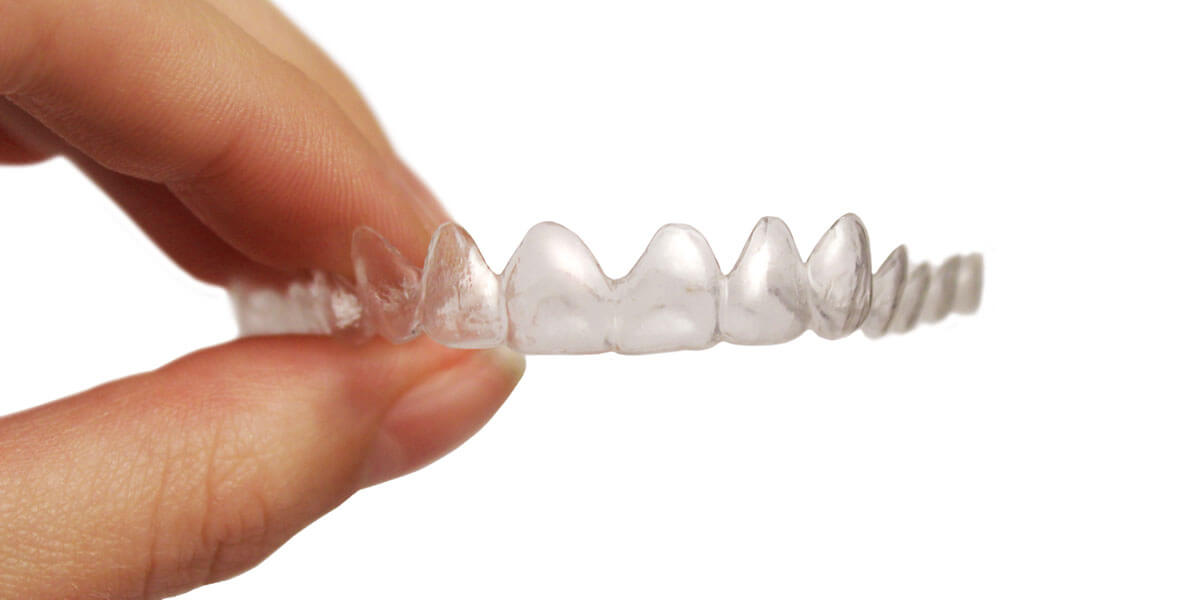
Invisalign® uses an advanced digital modeling system for the making of custom trays that will guide the patient’s teeth into a beautiful smile.
Retainers
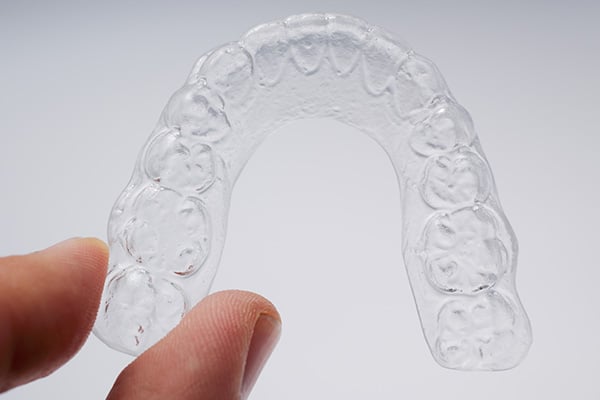
Once treatment is complete, a retainer is worn for a period of time, usually just at night. The retainer helps maintain the new smile and also allows for small adjustments, if needed, once the braces have been removed. Your orthodontist will go over the options with you and provide specific instructions on the use of your retainers.
Palatal Expander Device (PED)
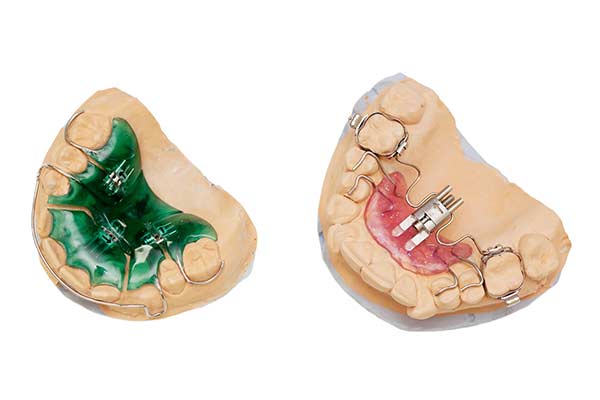
Both removable and fixed PEDs can be used to address crowding and other issues by expanding the upper jaw to make more room to accommodate tooth and/or jaw alignment.
